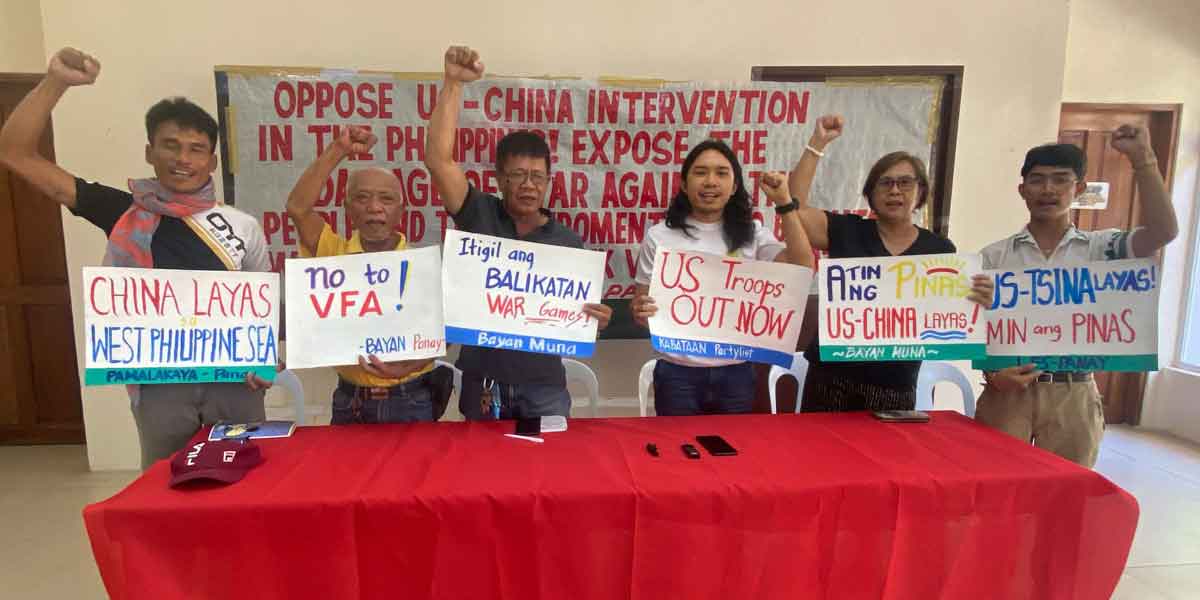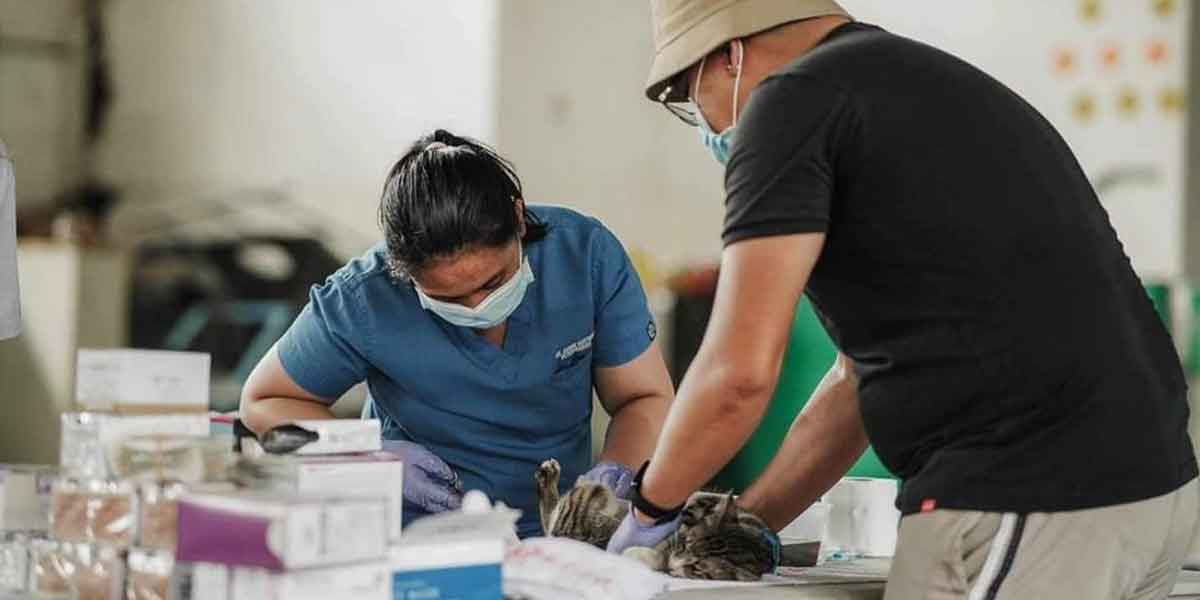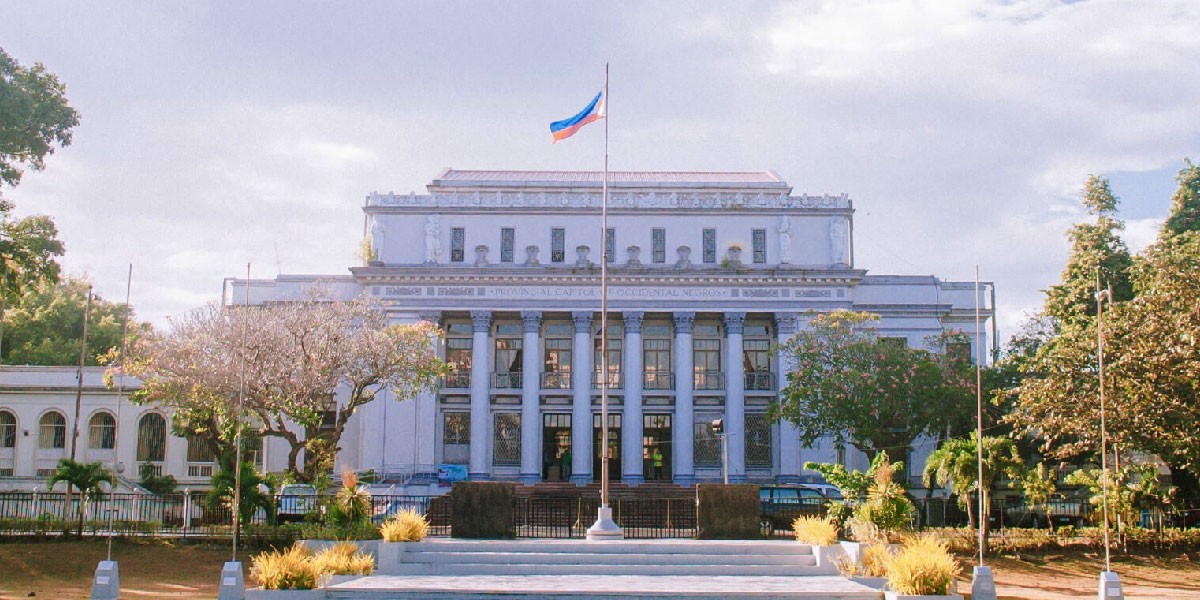 By Modesto P. Sa-onoy
By Modesto P. Sa-onoy
A lengthy news report narrated the other week the observations of the officials of the Sugar Regulatory Administration in Thailand, specifically its sugar industry. Last week, I started a commentary on their “reflections” on their trip and what the officials of the Thai sugar industry shared with them. I made a general statement that what they had learned there had been known for years to the Philippine sugar industry leaders and the previous SRA administrations. Thailand is a favorite destination for industry and government functionaries for the nth time, not just for study but for more.
I also started commentary on the composition of the governing board of the Thai sugar industry which is inclusive in contrast to ours, which is limited to three representatives, one each from the government, the planters and the millers. There is a historical explanation for this difference, but I leave that to our policymakers to discuss why it is so and why the present SRA composition and its mandate are no longer appropriate.
Let’s go to the details of the other observations of SRA officials.
The Thailand Cane and Sugar Act of 1984 mandates a 70:30 revenue sharing scheme for growers and millers where the growers receive 70 percent of the total revenue from the sugarcane, fewer costs and taxes, and mills earn the remaining 30 percent.
Whereas here in the Philippines, the sharing can be 60-70 percent for growers and 30-40 percent for mills depending on the mill and what is being shared is only the sugar and molasses produced from the sugarcane.
This is correct, but the discrepancy in the sharing here in the Philippines is based on the mill capacity. The smaller the mill, the larger the share of the mill, thus a 60% for the planter and 40% for the miller. However, the small mills are already gone so that the sharing now is 70-30 in favor of the planter. This sharing began in 1955 under Republic Act 809 when mills lorded it over the planters forcing the government to intervene.
That is past, however, its important provision remains – the share of the sugarcane workers, both in the mill and the field. Any increase in the share of the planter, granting from the low of 60% had to be shared with the workers 70:30, in favor of the workers. This is the basis of the Sugar Amelioration Fund.
Authored by Occidental Negros 3rd District Cong. Augurio Abeto, the law sparked numerous complaints at the beginning when planters refused to give the workers share but this was resolved after years of discontent. Today the system is working well and has become traditional in the industry, the only agricultural industry in the Philippines where this form of sharing is mandatory. Today, there is relative peace in the industry.
In Thailand, the SRA observation report say, all sugarcane growers are registered to the mill where they will deliver their canes and the growers commit a certain volume of cane to the mills to which they are registered.
This is the same here since the Philippines shifted to the centrifugal processing of the cane. All planters are “adhered” to a mill within a sugar milling district where the planter sent his cane. A planters’ association dealt with the mill in behalf of its members. Only one association per mill. When the cane transport system was in place, the association assigned rail cars to each plantation and thus arranged the milling schedule. This was the time when we had railroads, but this is now history.
Today, it is free for all. The railroads gave way to trucks and huge trailers. The milling district is gone. A planter decides where to send his cane so that mills had to compete for cane supply. The planter, however, had still to be a member of an association aligned with a mill. Now there are several associations for one sugar mill, but the association no longer determines milling schedules. They even had to also compete for membership.
Because more than one association deal with one mill, the competition for the best planter services since a grower can be a member of several associations for the same cane field. The Comprehensive Agrarian Reform Program that subdivided sugar lands into small parcels expanded the membership of the associations, but big planters still dominate.
Let’s continue tomorrow.



















